My Favourite Painting: The Countess of Cranbrook
The rural issues campaigner and president of the Aldeburgh Foot and Drink Festival chooses The Red Boy by Goya, one of the great treasures of New York's Metropolitan Museum of Art.
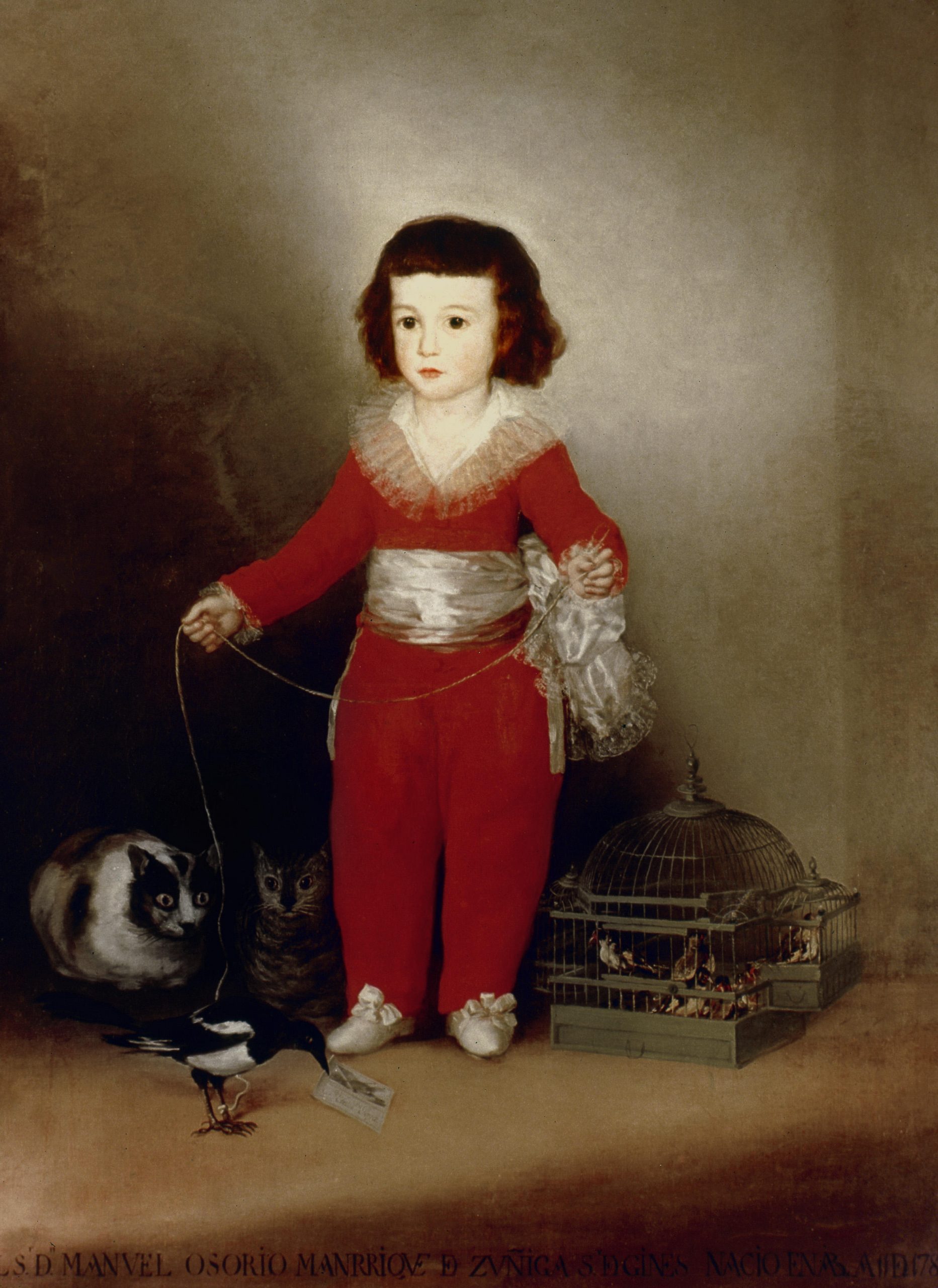

Caroline Cranbrook on her choice of Goya’s The Red Boy, aka Manuel Osorio Manrique de Zuñiga
I first visited the Prado in Madrid in my twenties and have returned many times since. Coming upon the Goya galleries was a revelation — the agonising drawings of the ‘Disasters of War’, the luminous paintings of rural life and of animals, the penetrating portraits of his royal and noble clients and his friends, the tender pictures of children.The breadth and depth of his genius and humour are extraordinary. He has a very special understanding of children and animals, painting them with a sympathy he does not always have for adults. The Red Boy is a beautiful and moving example of his genius.
The Countess of Cranbrook lives at Great Glemham, Suffolk, and is president of the Aldeburgh Food and Drink Festival. She campaigns on rural issues, especially livestock farming and local food economy.
John McEwen on The Red Boy, aka Manuel Osorio Manrique de Zuñiga
This portrait — the Met’s best-selling postcard — came at the successful climax of Francisco de Goya’s first period as an artist. His wife, after many pregnancies and infant deaths, had produced a child who survived. Goya landed a commission to paint the directors of a bank, one of whom, the Count of Altamira, commissioned further portraits of his wife and children, including the four-year-old Manuel. In 1786, Goya was appointed a painter to the king, Charles IV.
This portrait was publicly unknown until Sir Joseph Duveen, grand panjandrum of art dealers — ‘Europe has a great deal of art and America has a great deal of money’ — sold it to a New York banker, Jules Bache. Bache’s daughter Kitty Miller threw a cocktail party welcoming the picture to America. The invitation was to meet ‘Manuel Osorio Manrique de Zuñiga’. Elsa Maxwell, society hostess, wrote to a friend: Who’s the Spaniard the Millers are introducing? Is he UN?’
The friend replied: ‘You’ll know him when you see him. He’s always dressed in red and accompanied by three cats, a magpie and a cage full of finches.’
The most striking aspect of the picture, the crimson suit (hence the ‘Red Boy’ nickname) aside, is threatened innocence. The three sinister cats — the third, black in the background, only indicated by its eyes — threaten the tethered pet magpie, which is amusingly shown to have pinched Goya’s calling card.
All threaten the caged finches, which could be a metaphor for little Manuel’s protected and pampered existence. Spain was notorious for early death, as Goya knew to his cost. The rich rarely lived beyond 50, the poor beyond 35. Manuel died at eight.
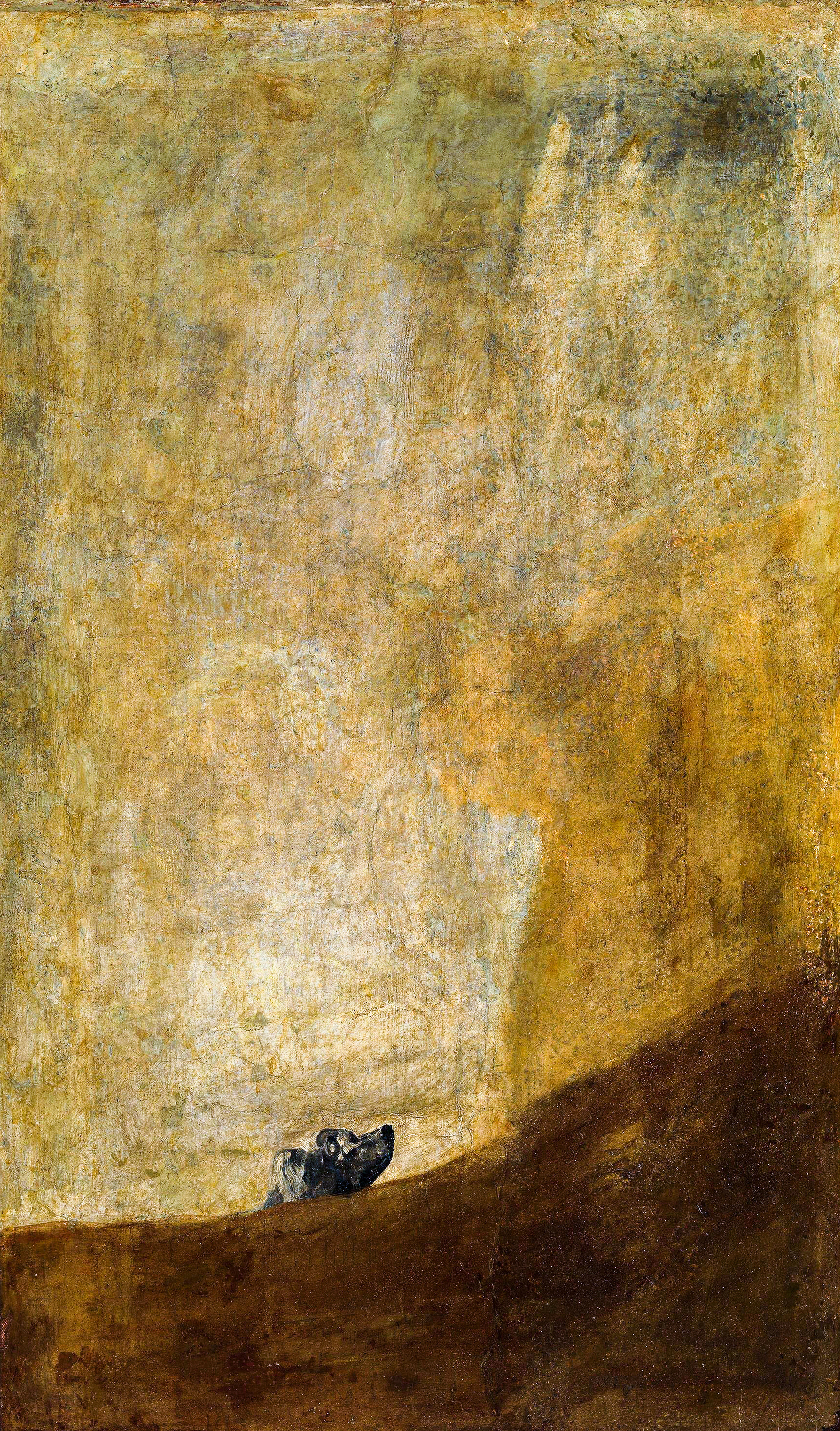
My Favourite Painting: Dame Helen Mirren
Dame Helen Mirren chooses her favourite painting for Country Life.
Sign up for the Country Life Newsletter
Exquisite houses, the beauty of Nature, and how to get the most from your life, straight to your inbox.
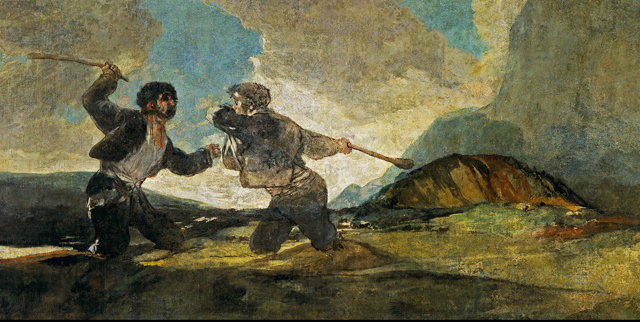
My favourite painting: Gerald Scarfe
Gerald Scarfe chooses his favourite painting for Country Life.
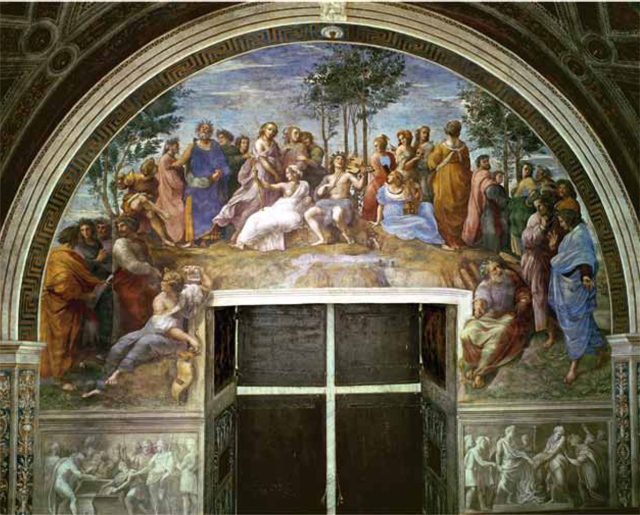
My Favourite Painting: Dervla Murphy
Dervla Murphy chooses her favouite painting for Country Life.
Country Life is unlike any other magazine: the only glossy weekly on the newsstand and the only magazine that has been guest-edited by HRH The King not once, but twice. It is a celebration of modern rural life and all its diverse joys and pleasures — that was first published in Queen Victoria's Diamond Jubilee year. Our eclectic mixture of witty and informative content — from the most up-to-date property news and commentary and a coveted glimpse inside some of the UK's best houses and gardens, to gardening, the arts and interior design, written by experts in their field — still cannot be found in print or online, anywhere else.
-
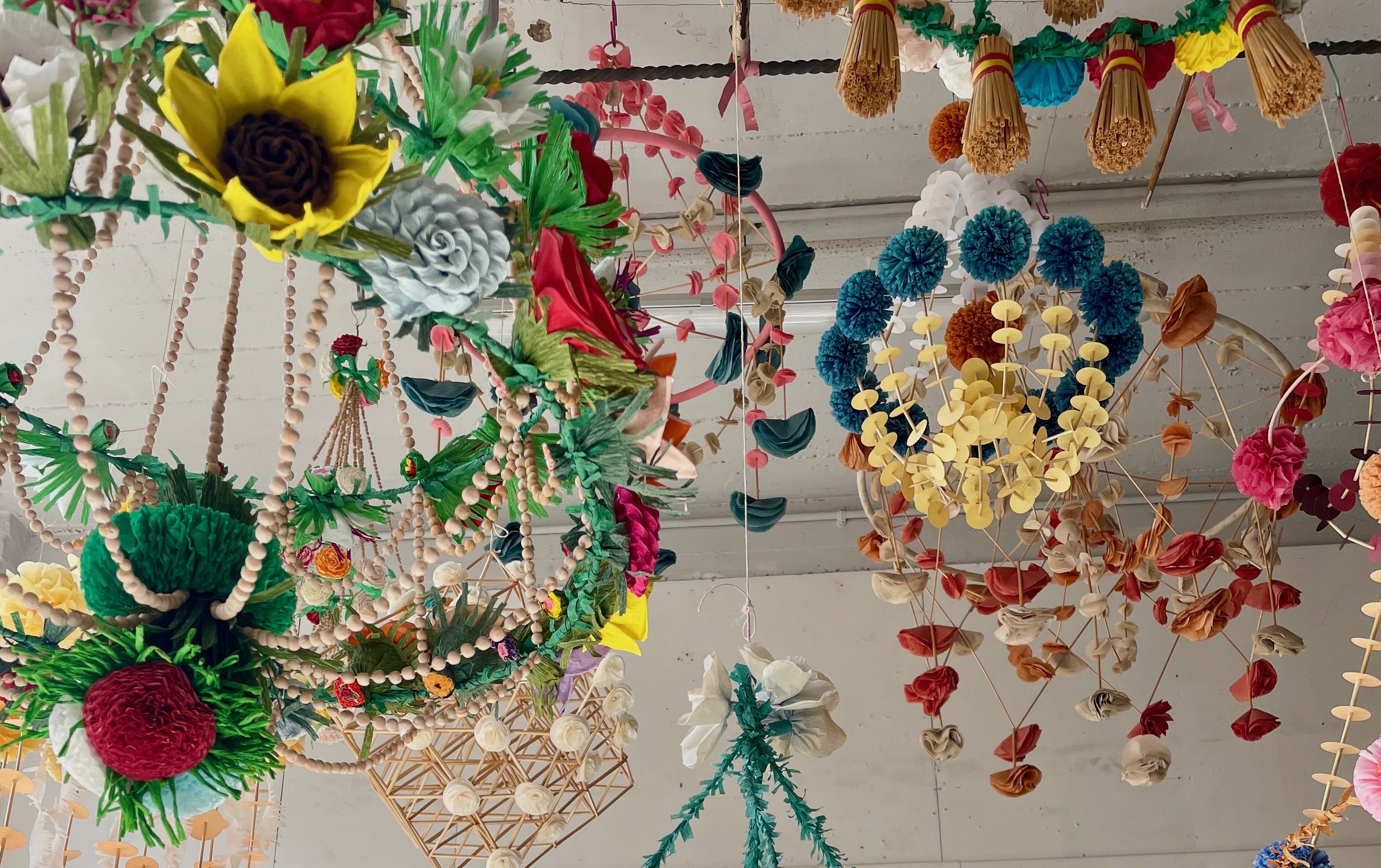 Burberry, Jess Wheeler and The Courtauld: Everything you need to know about London Craft Week 2025
Burberry, Jess Wheeler and The Courtauld: Everything you need to know about London Craft Week 2025With more than 400 exhibits and events dotted around the capital, and everything from dollshouse's to tutu making, there is something for everyone at the festival, which runs from May 12-18.
By Lotte Brundle
-
 Everything you need to know about private jet travel and 10 rules to fly by
Everything you need to know about private jet travel and 10 rules to fly byDespite the monetary and environmental cost, the UK can now claim to be the private jet capital of Europe.
By Simon Mills